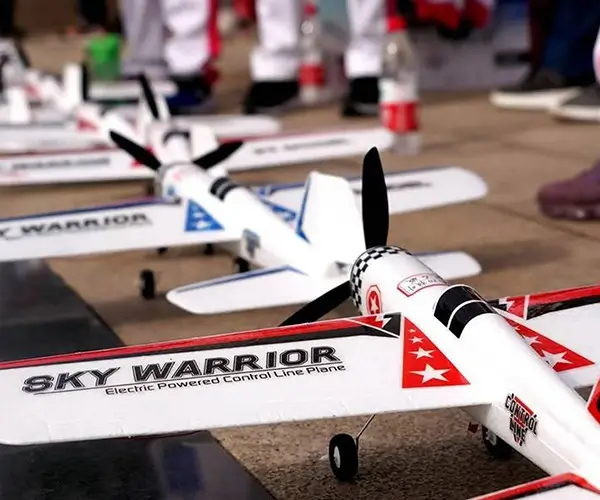In the realm of automation, robotics, and electronics, few components have revolutionized the way machines move and interact as effectively as servo motors. Especially in compact projects—like drone stabilization, robotic arms, remote-controlled vehicles, and intricate hobbyist builds—small servo motors are the unsung heroes. These tiny but mighty components provide precise control over position, speed, and torque, making them indispensable for countless applications. But, if you're venturing into this world, one of the first questions you'll grapple with is: "How much does a small servo motor cost?"

Understanding the price of small servo motors isn’t just about finding the cheapest option; it’s about balancing quality, features, and budget to get the best value. Prices can range dramatically based on several factors, which we'll explore in detail. The goal is to equip you with the knowledge to navigate the market confidently and choose motors that fit your project needs without overspending.
What exactly influences small servo motor prices?
Size and Torque Range: The size of a servo motor is a primary price determinant. Smaller servos, typically in the 9g to 20g range (think tiny camera angles or micro-robots), tend to be more affordable because they use less material and have simpler internal constructions. Larger small servos, like the 25g or 35g varieties, provide more torque and are consequently priced higher. The torque capacity directly correlates with the motor's application: the higher the torque needed for your project, the more you should expect to pay.
Brand and Quality: Established brands like Futaba, Hitec, and Turnigy often command higher prices due to their reputation for durability and reliability. When you opt for a lesser-known or unbranded servo, you might find prices significantly lower—but at the risk of reduced longevity or inconsistent performance. Quality often correlates with price, especially for high-precision applications.
Features and Technology: Modern small servos may incorporate advanced features like coreless motors, digital control, metal gear trains, or waterproof casing. Digital servos, which can offer faster response times and more precise control, tend to be more expensive than analog models. Similarly, metal gear servos cost more than plastic gear variants, but they also last longer and handle higher loads.
Supply and Demand Dynamics: Market fluctuations, import/export tariffs, and regional availability influence prices. During high demand seasons—like holiday shopping for hobbyists or new product launches—prices can spike temporarily. Conversely, surplus stock or discounts can reduce costs.
Quantity and Purchase Channel: Buying in bulk often reduces the price per unit. Conversely, purchasing single units from a retail store may cost more than wholesale or online bulk deals. Online marketplaces such as Banggood, HobbyKing, and AliExpress offer competitive pricing, while specialty stores may have premium prices due to added service or guarantees.
Average Price Ranges for Small Servo Motors
Let’s explore some typical price brackets to give you a more concrete understanding:
Economical Options ($3 - $8): These are usually basic analog servos with plastic gears, suitable for simple projects or learning purposes. They provide decent performance but might lack longevity or high precision.
Mid-Range ($8 - $20): Likely digital servos with metal gears, offering improved speed, torque, and durability. They’re suitable for more demanding hobby applications, like RC cars or boats.
Premium ($20 and above): High-end small servos with advanced features including waterproofing, high precision digital control, coreless motors, and heavy-duty gear trains. These are used in professional robotics, aerospace, or intensive hobbyist projects.
The key to finding the right price point is understanding your project's specific needs. If you’re building a lightweight drone with minimal load, a $5 to $10 servo might suffice. For a robotic arm requiring repeated high-torque movements, investing in a $20 or more motor ensures performance and longevity.
(End of Part 1)
Leveraging innovations in modular drive technology, Kpower integrates high-performance motors, precision reducers, and multi-protocol control systems to provide efficient and customized smart drive system solutions.




































